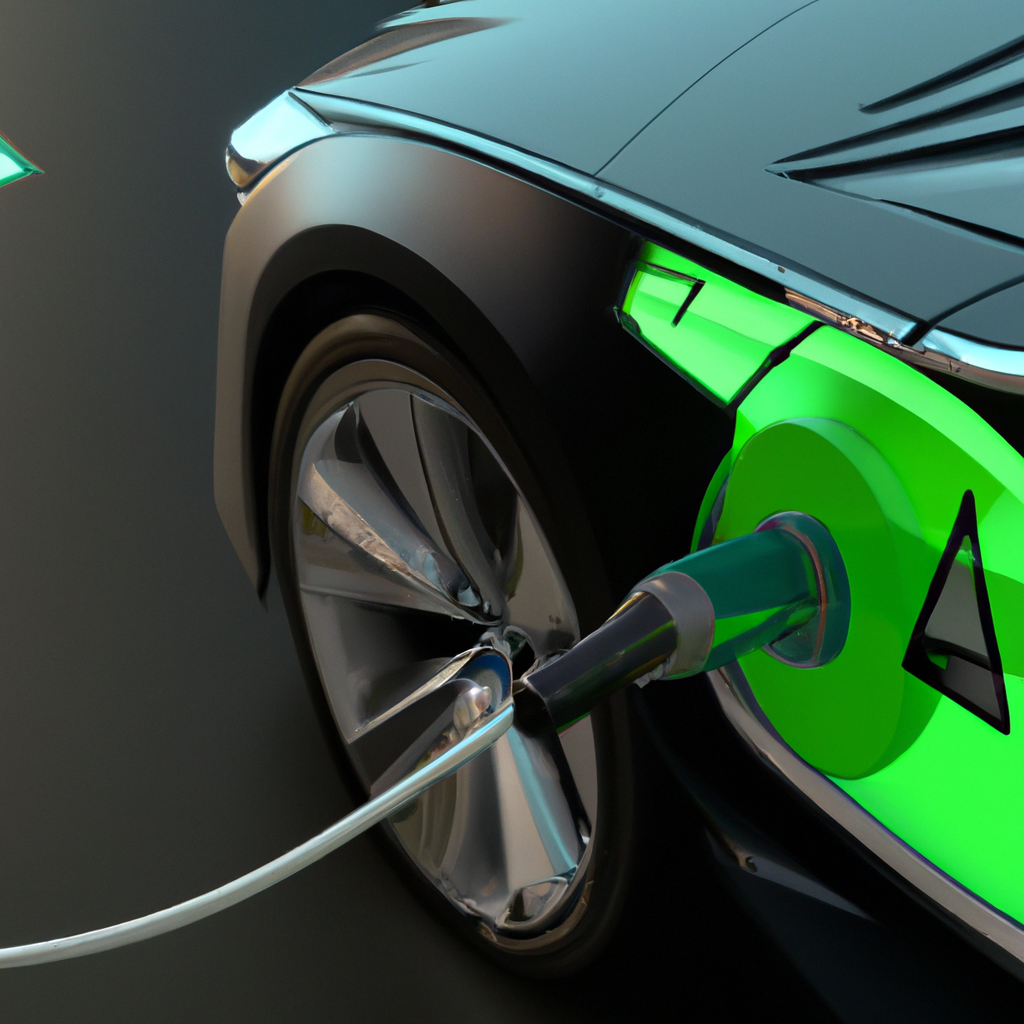Electric cars have been gaining popularity in recent years due to their environmental friendliness and potential for energy efficiency. But how do they work? In this article, we will explore the technology behind electric cars, including the electric powertrain, battery, and renewable energy sources. We will also delve into the sustainability of electric vehicles and their role in green transportation.
Electric Powertrain
The electric powertrain is the heart of an electric car. It consists of the electric motor, inverter, and transmission. The electric motor is what propels the car forward by converting electrical energy into mechanical energy. The inverter converts the DC current from the battery into AC current for the electric motor. Finally, the transmission is responsible for distributing the power from the electric motor to the wheels.
Battery
The battery is the fuel tank of an electric car, but instead of gasoline, it stores electrical energy. The most common type of battery used in electric cars is a lithium-ion battery. These batteries are lightweight and have a high energy density, which means they can store a lot of energy in a small space. The battery pack is usually located under the floor of the car to distribute the weight evenly.
Renewable Energy Sources
One of the benefits of electric cars is their potential to use renewable energy sources. Renewable energy sources such as solar, wind, and hydroelectric power can be used to generate the electricity needed to charge the car’s battery. This makes electric cars a more sustainable form of transportation compared to traditional gasoline-powered cars.
Sustainability
Electric cars are more sustainable than gasoline-powered cars for several reasons. Firstly, they produce zero emissions while driving, which means they do not contribute to air pollution. Secondly, they have a lower carbon footprint than gasoline-powered cars throughout their entire lifecycle, from production to disposal. Finally, the use of renewable energy sources to power electric cars can further reduce their environmental impact.
Green Transportation
Electric cars are a key player in green transportation, which refers to modes of transportation that are environmentally friendly and sustainable. Green transportation includes not only electric cars but also bicycles, public transportation, and walking. By choosing a green transportation option, we can reduce our reliance on fossil fuels and help protect the environment.
Energy Efficiency
Electric cars are more energy-efficient than gasoline-powered cars because they convert a higher percentage of the energy in their battery into motion. Gasoline-powered cars waste a lot of energy as heat and friction. Electric cars also have regenerative braking, which means that when the brakes are applied, the energy is captured and stored back in the battery. This further increases energy efficiency and extends the car’s range.
Electric Car Technology
Electric car technology is constantly evolving, and new advancements are being made all the time. Some recent innovations include wireless charging, which allows the car to charge without any cords, and solid-state batteries, which have the potential to store more energy than lithium-ion batteries. As technology improves, electric cars will become even more efficient and sustainable.
In conclusion, electric cars work by using an electric powertrain, battery, and renewable energy sources. They are more sustainable than gasoline-powered cars and play a crucial role in green transportation. Electric cars are also more energy-efficient due to their regenerative braking and advanced technology. As we continue to develop and improve electric car technology, we can look forward to a greener and more sustainable future.







